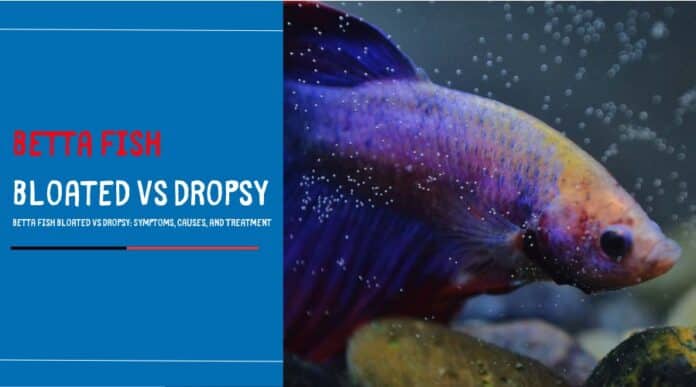Our feature, aptly titled “Betta Fish Bloated vs Dropsy” encapsulates the essence of this guide. If you’re uncertain about what this Betta-specific guide entails, let us clarify. A swollen belly in aquarium fish is an indication of a problem.
However, identifying the cause behind a pineconing Betta Fish is not straightforward. That’s where this guide comes into play.
We have put together a comprehensive comparison guide to assist you in distinguishing between bloat and dropsy, and provide guidance on how to treat your aquatic companion.
Comparison Table: Bloated Betta vs Dropsy
| Features | Bloat in Bettas | Dropsy in Bettas |
| Cause(s) | Overfeeding, constipation, bacterial infection, viral infection, Hexamita, Malawi bloat, dropsy. | Poor water quality, stress, kidney problems. |
| Symptoms | Lethargy, enlarged abdomen, curved spine, loss of appetite, red fins, ulcers. | Pinecone scales, bulging eyes, clamped fins, lethargy, loss of appetite. |
| Treatment | Depends on the cause. Can include quarantining and medications. | Salt dips, anti-bacterial medication. Cannot be cured if caused by impaired kidneys. |
What is the Difference Between Bloat and Dropsy?
There are some subtleties in the differences between bloat and dropsy that I overlooked in my previous response. Here’s a more precise breakdown:
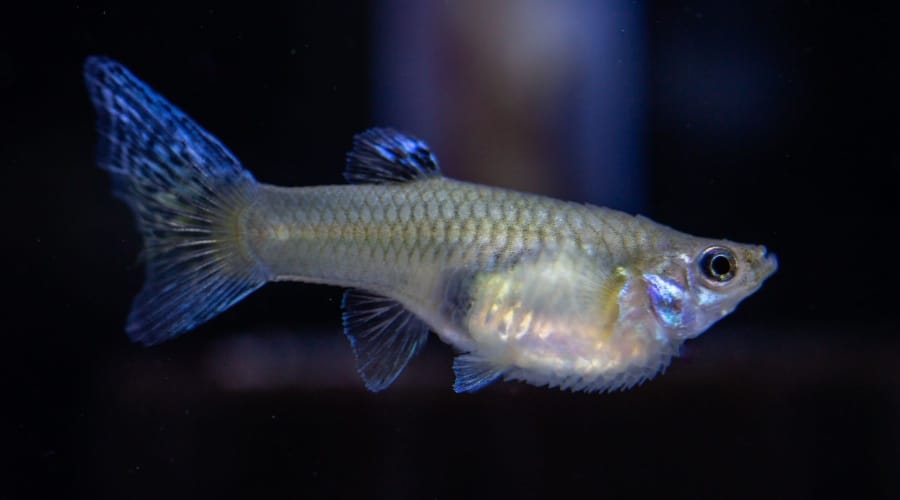
Bloat:
- Not a disease in itself: Bloat is a symptom, often signaling an underlying issue such as overfeeding, gas buildup in the digestive tract, or even stress.
- Temporary: Bloating can be temporary and may resolve on its own or with simple interventions like dietary changes.
- Causes: Common causes include overfeeding, gas buildup from certain foods, intestinal parasites, or obstructions.
Dropsy:
- Bacterial infection: Dropsy is caused by a bacterial infection, most commonly from the Aeromonas bacteria.
- Fluid buildup: The defining symptom of dropsy is fluid accumulation in the body cavity or tissues, leading to swelling and a pinecone-like appearance due to protruding scales.
- Serious condition: Dropsy is a serious condition that requires immediate veterinary attention, as it can be fatal if left untreated.
Similarities:
- Both bloat and dropsy can cause abdominal swelling and discomfort.
- Early diagnosis and treatment are vital for both conditions.
- If you suspect your fish has either bloat or dropsy, isolate it from other fish and seek professional advice.
Bloat in Betta Fish
As previously mentioned, bloat is not a disease. It’s a symptom or an alert of an underlying health issue. We often encounter comments such as ‘my betta bloated and died,’ and we’re certain you have too.
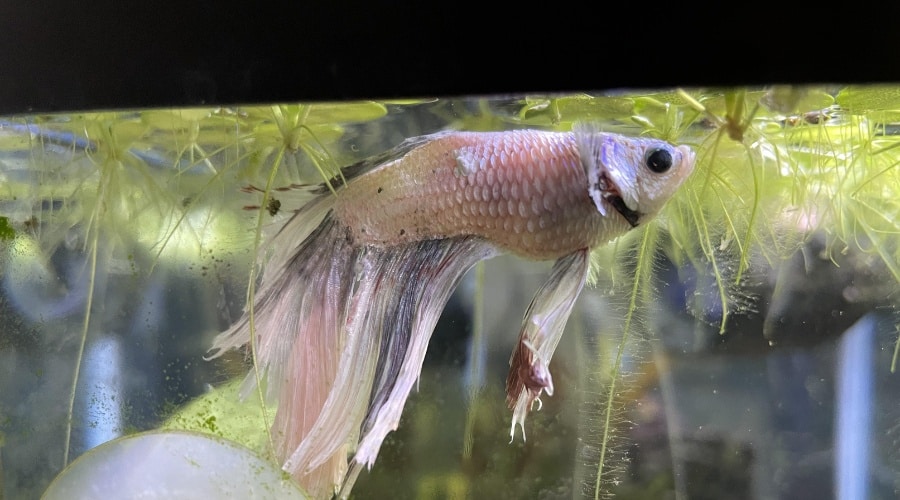
This is one of the reasons why the sight of a swollen fish can instill panic in even the most seasoned aquarists.
Betta Swelling
However, even if your Betta Fish appears more swollen than usual, don’t panic. Your initial reaction in such situations should always be to identify the cause.
In addition, it’s equally crucial to recognize the symptoms of bloat to avoid confusion with other illnesses, such as Swim Bladder Disease. If you’re unsure about how to do both of these things, continue reading to learn more.
Symptoms
If your search history includes the term “Betta pineconing” but not “bloated” you should know that you’re not alone in your confusion. Bloat, Dropsy, and Swim Bladder Disease are often confused due to the common symptom of a bloated or swollen belly.
The good news is that bloat has other symptoms that can help fish keepers identify the condition more quickly. Here are a few of them:
- Lethargy (little interest in movement or swimming)
- Large or rounded abdomen
- Curved spine
- Inappetence or lack of appetite
- Skin or fins turning red
- Ulcers or lesions
Causes
Now that we’ve covered the symptoms of bloat, let’s explore the potential causes. There are several reasons why Bettas can develop bloating, ranging from simple to severe.
- Overfeeding: Experts caution against overfeeding fish as it can lead to digestive issues. Most fish have small stomachs, and when they consume too much, their system can’t handle the load, leading to blockages and bloat.
- Constipation: Fish often suffer from constipation due to dietary problems. A diet rich in fat or protein without any fiber can cause a blockage and result in swelling.
- Bacterial Infection: Freshwater fish are susceptible to various bacterial infections. Once these infections penetrate the skin, they can affect internal organs and cause inflammation.
- Viral Infection: Similar to bacterial infections, viral infections can also impact a fish’s internal system.
- Hexamita: Also known as Hole in the Head disease, this parasitic infection only affects fish with a weakened or compromised immune system. More often than not, fish under stress will fall prey to Hexamita.
- Malawi Bloat: Malawi Bloat is a disease more commonly found in African Cichlids. This disease affects the digestive system and can be fatal if left untreated.
- Dropsy: Indeed, one of the causes of Betta bloat can be Dropsy. If you want to learn more about how this disease can affect Betta Fish health, please continue reading to the related section below.
How to Treat a Bloated Betta Fish?
The appropriate treatment for bloat depends on identifying the root cause of the inflammation or bloated belly. For this reason, experts recommend consulting an aquatic vet for a proper diagnosis and treatment. However, here’s what treatment could involve based on the health concern.
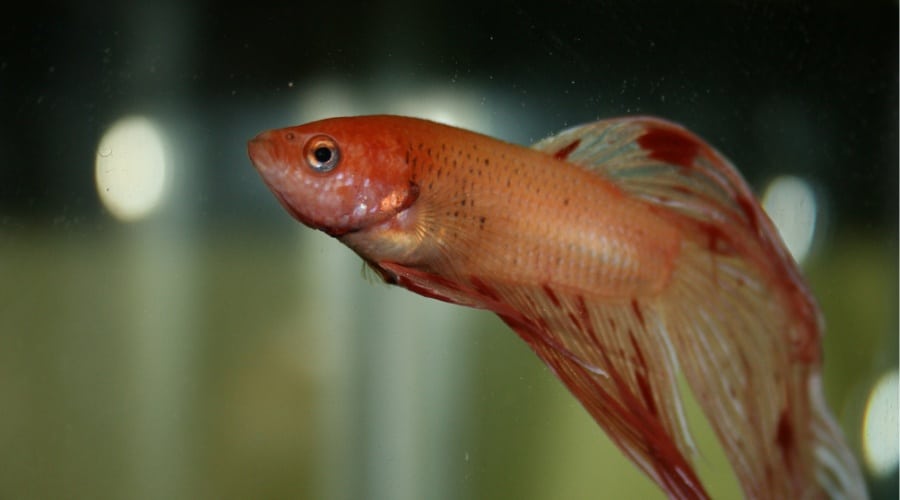
Bacterial or Viral Infections, Malawi Bloat, and Hexamita
The first step when dealing with bloat caused by bacteria or parasites is to move the affected fish to a quarantine tank. This helps control the spread of the disease and makes it easier for fish keepers to administer any medication that the vet prescribes.
The vet will consider the type of infection you’re dealing with and prescribe drugs accordingly.
For instance, Erythromycin or Doxycycline are typically used to address bacterial issues. On the other hand, if the cause is a Protozoan infection, the vet might recommend 30-minute Epsom salt baths to eliminate the microbes. Sometimes, aquarium salt (for dips) or Methylene Blue may also be prescribed.
It’s also crucial to monitor water parameters and maintain clean tank water at all times. Poor water quality and aggressive tank mates are often why fish become stressed and susceptible to infections.
If you want to keep your fish tank free from such issues, pay special attention to water conditions, ideal tank mates, and, of course, proper nutrition.
Overeating or Constipation
Suppose your Betta Fish is suffering from bloat due to constipation or overfeeding. This is actually good news because it’s easily treatable. You can effectively treat constipation by feeding the affected fish blanched peas.
The fiber content in peas will help regulate your Betta’s digestive system and restore it to normal. If overfeeding or a poor diet are the culprits, switch to high-quality food to prevent bloat in the future.
Dropsy Disease in Betta Fish
If you’ve been anxiously searching for how to treat Dropsy in Betta Fish, take a deep breath. This segment will guide you comprehensively about Dropsy in Siamese Fighting Fish, encompassing its symptoms, causes, and treatment methods.
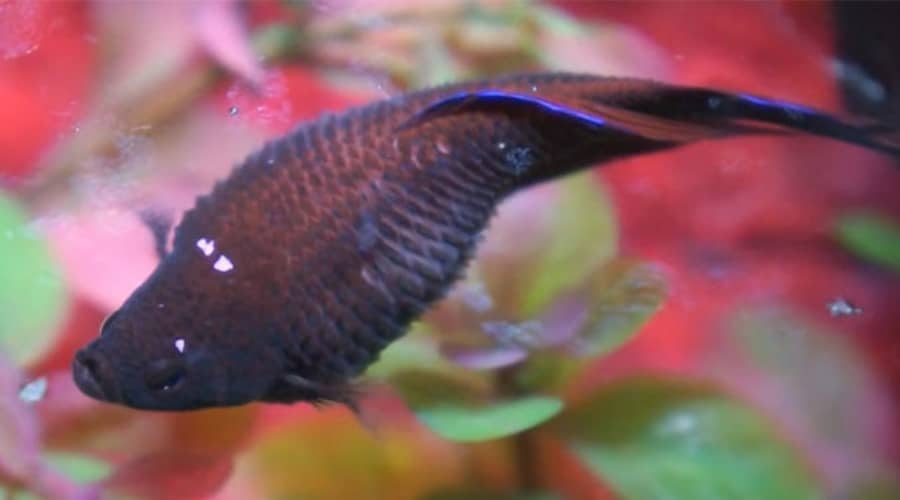
Symptoms
Symptoms of Dropsy in Betta Fish can sometimes be mistaken for Swim Bladder Disorder. However, there are distinct signs that can aid aquarists in differentiating dropsy from other health issues in freshwater fish. Here are some of them:
- Scales resembling a pinecone
- Protruding eyes
- Fins held close to the body
- Sluggishness
- Reduced appetite
- Floating or staying near the water surface
- Settling at the bottom of the aquarium
Causes
Typically, Dropsy is triggered by the Aeromonas bacteria. However, there can be additional factors that allow the bacteria to establish itself in the fish’s system. Here are some alternative causes for Dropsy.
Stress or Poor Water Quality
This bacteria is typically present in aquariums, but it can become problematic when fish are subjected to suboptimal water conditions or experience stress.
Kidney Issues
In the early stages, Dropsy in Betta Fish can manifest in individuals already dealing with compromised kidney functions. Such internal damage can lead to the absorption of water within the body cavity, resulting in the stomach becoming filled with water.
How to Treat Dropsy in Betta Fish?
Dropsy is not infectious, but experts still advise using a quarantine tank for the affected fish. It’s important to understand that Dropsy, like Betta Dropsy or Constipation, is not a condition that can be easily treated.
If you suspect your fish is afflicted with Dropsy, it’s crucial to consult an aquatic veterinarian immediately. The earlier the disease is diagnosed, the higher the chances of your fish’s survival. It’s also advisable to remove any sharp objects from the quarantine tank to prevent your bloated fish from getting injured.
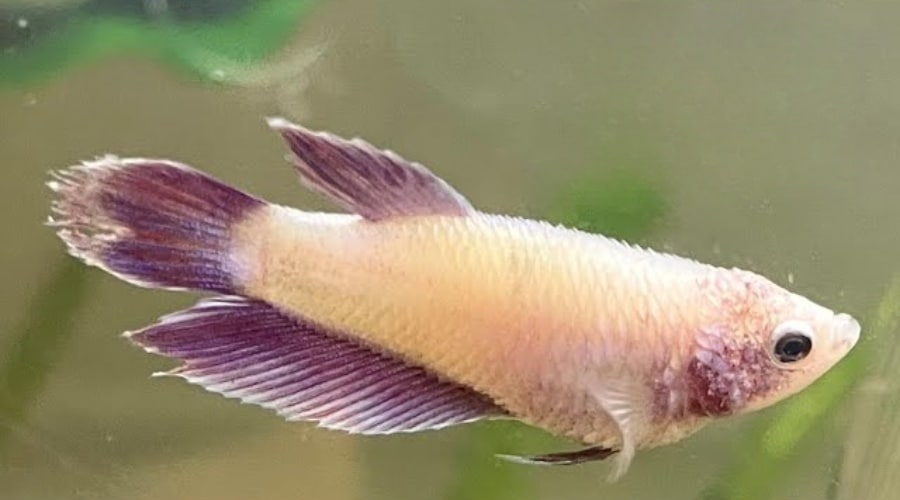
Once the vet has confirmed that your fish indeed has Dropsy, the treatment can include salt dips and antibacterial medication. The usual duration of antibacterial medication treatment can vary from seven to ten days.
However, if there are no signs of improvement during this period, it could be due to kidney damage in your fish. In such a case, the best you can do is to make your fish as comfortable as possible.
Preventing Bloat is feasible, and similarly, you can avoid the complications caused by Dropsy by maintaining optimal water conditions and minimizing stress for your fish. For instance, ensure the ammonia levels are under control and relocate any aggressive or bullying fish species.
Conclusion
Whether it’s Dropsy, Swim Bladder Disease, or Bloat, observing your aquatic friend in discomfort can be quite distressing. However, we trust that our guide has equipped you with enough knowledge to confidently manage such situations.
For a more comprehensive understanding, you might also want to delve into the topic of “Betta Fish Bloated vs Dropsy“. This will further enhance your ability to distinguish between different conditions affecting your Betta Fish. Don’t forget to follow Nationalparkquarium.org for more insightful and beneficial information.

